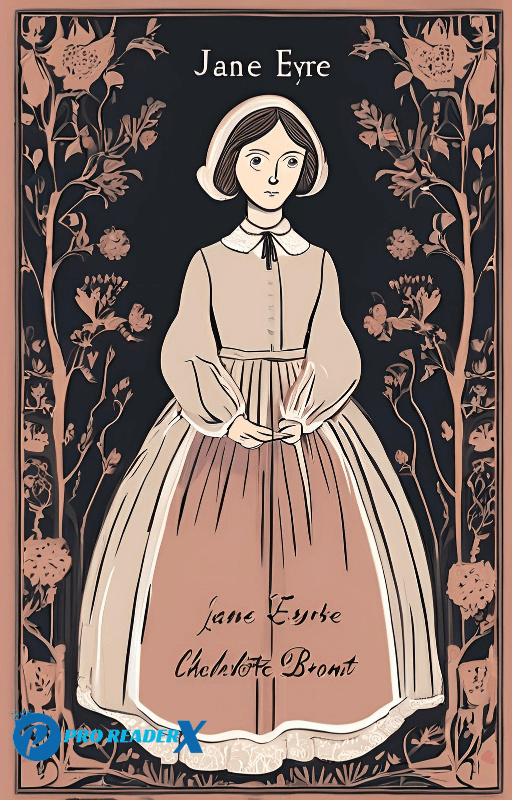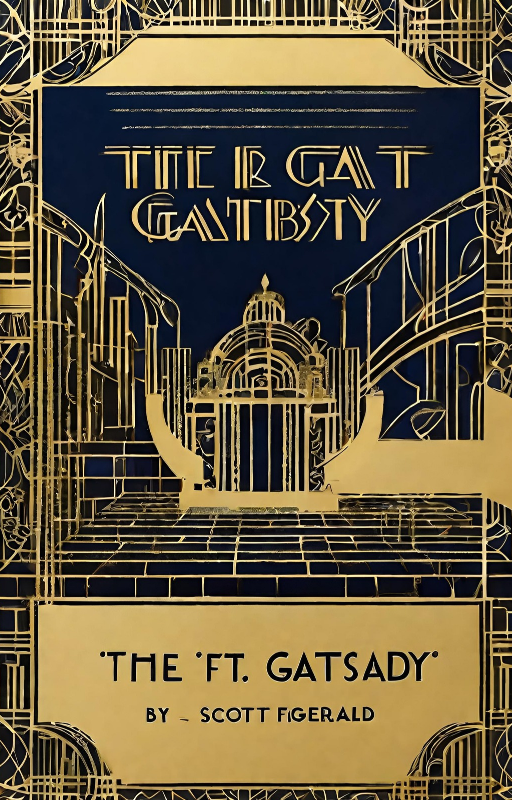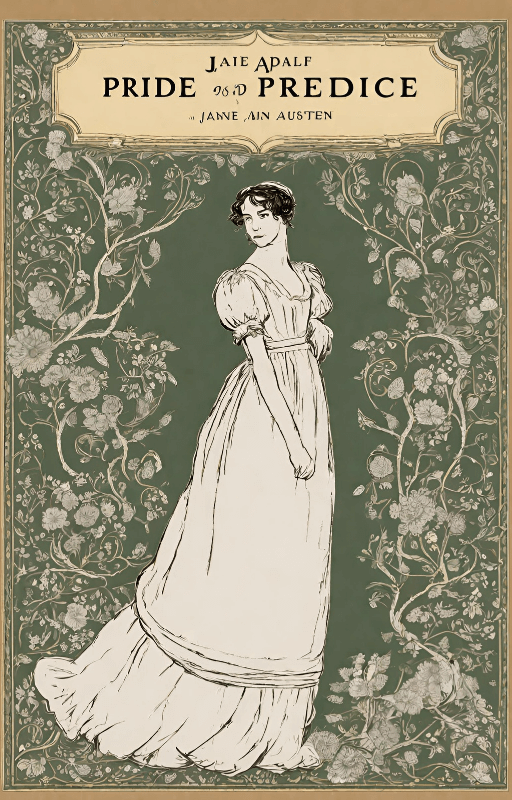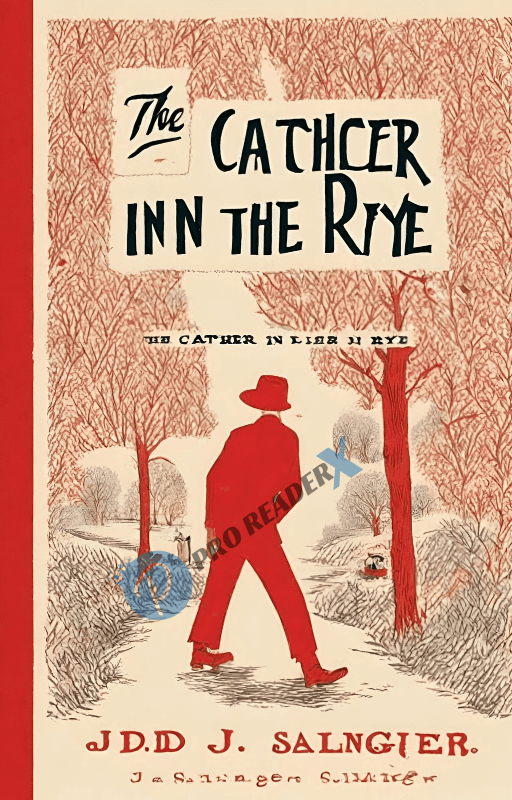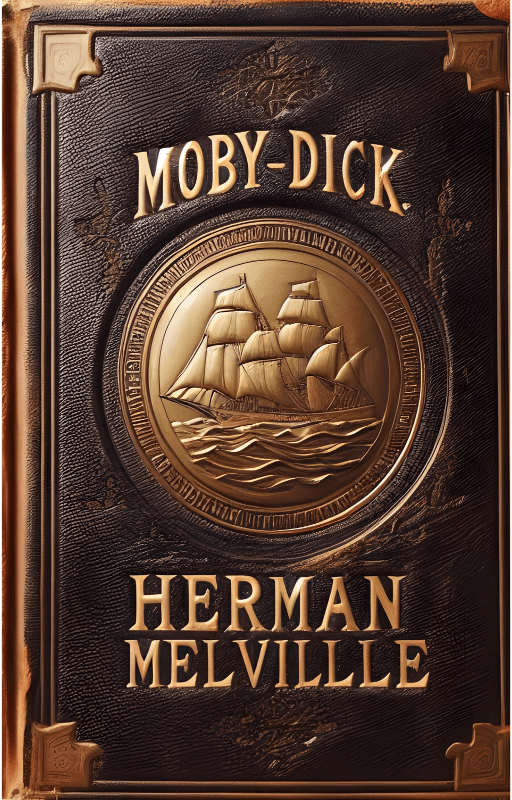Introduction
Welcome to the enchanting world of “Jane Eyre” by Charlotte Brontë! This timeless classic has captivated readers for generations with its gripping narrative and unforgettable characters. Let’s delve into the depths of this literary masterpiece and uncover its beauty and significance.
Background
“Jane Eyre” was first published in 1847 under the pseudonym “Currer Bell.” Charlotte Brontë, one of the famed Brontë sisters, penned this novel, which remains a landmark in English literature. Set in the tumultuous Victorian era, the story unfolds against the backdrop of societal norms and constraints, offering a poignant exploration of love, identity, and morality.
Plot Overview
Early Life
The novel introduces us to Jane Eyre, an orphaned and mistreated child raised by her cruel aunt, Mrs. Reed, at Gateshead Hall. Enduring hardships and injustices, Jane’s resilience and intelligence shine through, setting the stage for her remarkable journey.
Thornfield Hall
As a young woman, Jane secures a position as a governess at Thornfield Hall, the estate of the brooding and mysterious Mr. Rochester. Their complex relationship unfolds amidst secrets lurking within Thornfield’s walls, culminating in a gripping tale of passion and suspense.
Love and Adversity
Jane and Mr. Rochester’s burgeoning romance faces numerous obstacles, including the revelation of Mr. Rochester’s dark past and his tumultuous marriage to Bertha Mason. Despite the odds, Jane’s unwavering integrity and strength of character prevail, leading to a deeply satisfying resolution.
Themes
Independence
Central to “Jane Eyre” is the theme of independence, as Jane strives to assert her autonomy and find her place in a society rife with constraints. Her journey towards self-discovery embodies the triumph of individual spirit over societal expectations.
Social Class
Brontë deftly explores the rigid class distinctions of Victorian England, highlighting the injustices faced by those deemed inferior by birth. Through Jane’s experiences, the novel challenges societal norms and advocates for equality and compassion.
Religion
Religious themes permeate the narrative, reflecting Brontë’s own struggles with faith and morality. Jane’s internal conflicts and ethical dilemmas underscore the complexities of religious belief, adding depth to the novel’s exploration of human nature.
Characters
Jane Eyre
Jane Eyre emerges as a compelling protagonist, characterized by her fierce intelligence, moral integrity, and unwavering resilience. Her journey from adversity to self-realization serves as the heart of the novel, inspiring readers with her indomitable spirit.
Edward Rochester
Mr. Rochester embodies the archetype of the brooding hero, haunted by his past and yearning for redemption. His complex personality and tumultuous relationship with Jane propel the narrative forward, imbuing it with passion and intrigue.
Bertha Mason
Bertha Mason, Mr. Rochester’s enigmatic wife, casts a shadow over Thornfield Hall with her presence. Trapped in a state of madness, Bertha symbolizes the consequences of societal oppression and the destructive power of repressed desires.
Writing Style
Brontë’s writing style is characterized by its rich imagery, vivid descriptions, and keen insight into human psychology. Through eloquent prose and compelling dialogue, she transports readers into Jane’s world, evoking a range of emotions and leaving a lasting impression.
Legacy
“Jane Eyre” continues to captivate audiences worldwide, its enduring popularity a testament to its timeless appeal. With its exploration of universal themes and complex characters, the novel remains a literary classic beloved by readers of all ages.
Conclusion
In conclusion, “Jane Eyre” by Charlotte Brontë stands as a testament to the enduring power of literature to transcend time and space. Through its compelling narrative and profound themes, this timeless masterpiece continues to resonate with readers, inviting them to embark on a journey of self-discovery and redemption.
FAQs
- Is “Jane Eyre” a true story?
No, “Jane Eyre” is not a true story. It is a work of fiction written by Charlotte Brontë. - What genre does “Jane Eyre” belong to?
“Jane Eyre” is primarily classified as a Gothic novel, with elements of romance, bildungsroman, and social criticism. - What is the significance of the red room in “Jane Eyre”?
The red room symbolizes Jane’s isolation and imprisonment at Gateshead Hall, serving as a metaphor for her emotional and psychological confinement. - Why is Jane Eyre considered a feminist heroine?
Jane Eyre is considered a feminist heroine for her defiance of societal norms, pursuit of independence, and refusal to compromise her principles for the sake of social acceptance. - How does “Jane Eyre” reflect the Victorian era?
“Jane Eyre” reflects the Victorian era through its exploration of class disparity, gender roles, and moral values prevalent during the period.
